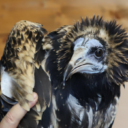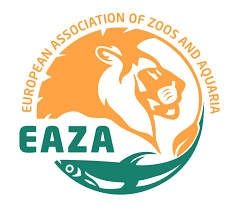EGYPTIAN VULTURE CAPTIVE BREEDING
Breeding an endangered species in captivity to boost local populations in the wild
- Homepage
- Pages
- Our Work
- Captive Breeding
- Egyptian Vulture EEP
© CERM
The European Endangered Species Programme (EEP) is the most intensive type of population management for a species kept in the European Association of Zoos and Aquaria (EAZA) zoos. It is a captive-breeding programme that aims to conserve healthy populations of animals in captivity while safeguarding the genetic health of the animals. This programme helps secure a future for some of the world’s most vulnerable species, including the globally endangered Egyptian Vulture.
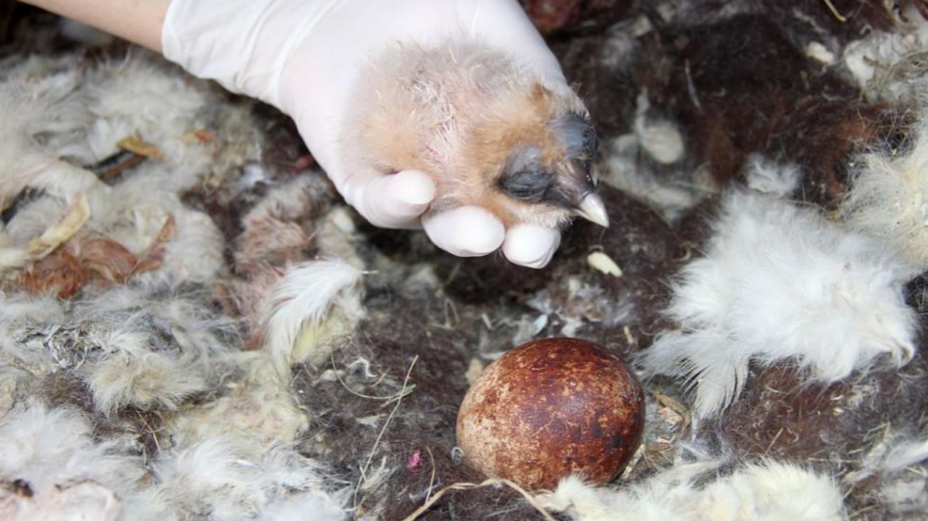
EGYPTIAN VULTURE CAPTIVE BREEDING NETWORK
The Egyptian Vulture EEP consists of a network of over 40 zoos and breeding centres ranging from Spain to the United States of Emirates that house approximately 150 birds with the aim to breed the species in captivity for conservation purposes. Antonin Vaidl from the Prague Zoo is the coordinator of the Egyptian Vulture EEP and is also a member of the Vulture Conservation Foundation’s (VCF) Advisory Board. As the coordinator, Antonin Vaidl keeps the European Stud Book, coordinates the partners to ensure the welfare and best breeding results of the captive birds, as well as the future of the chicks produced every year. He further develops and enhances guidelines and technical expertise to evaluate and improve the captive breeding of Egyptian Vulture.
Every year, the network aims to produce as many chicks as possible from the 55 breeding pairs to help support reintroduction or restocking projects in Europe. Prague Zoo alone has managed to breed the most captive Egyptian Vultures of any other establishment in Europe, with a record of 32 chicks hatching so far in 2000.
BREEDING BEHAVIOUR
In late winter and early spring, human keepers provide all necessary material for the breeding season, including small pieces of sheep wool for nest building. Egyptian Vulture pairs begin exhibiting breeding behaviour such as reciprocal grooming, stay together close to the nest or work on its preparation, and eventually start copulating. The species breeds later in the year than the other European vulture species.
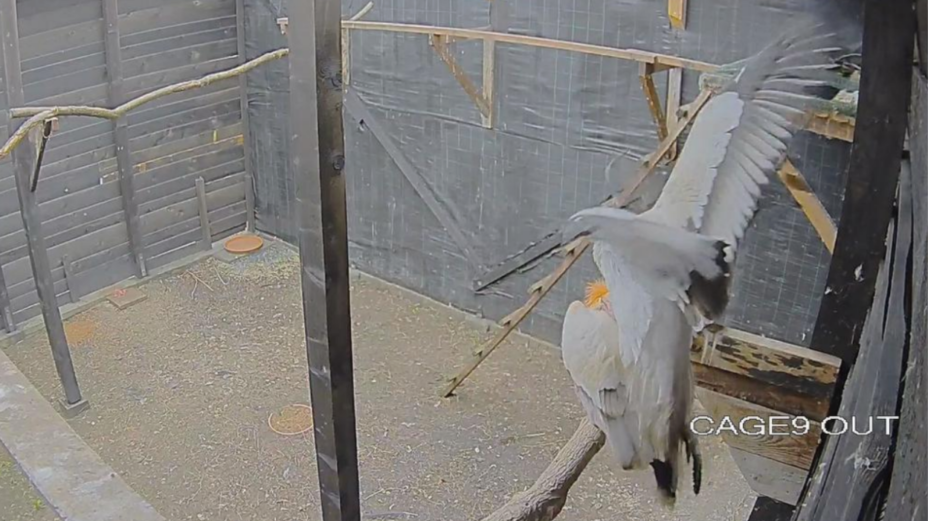
EGG LAYING AND INCUBATION
After 25 days since the beginning of the copulations, the female lays the first egg, which is usually followed by a second one within 5-6. The pair then incubates the clutch for 39 to 45 days, however, sometimes eggs are artificially incubated depending on each case, for example, if dealing with a problematic pair.
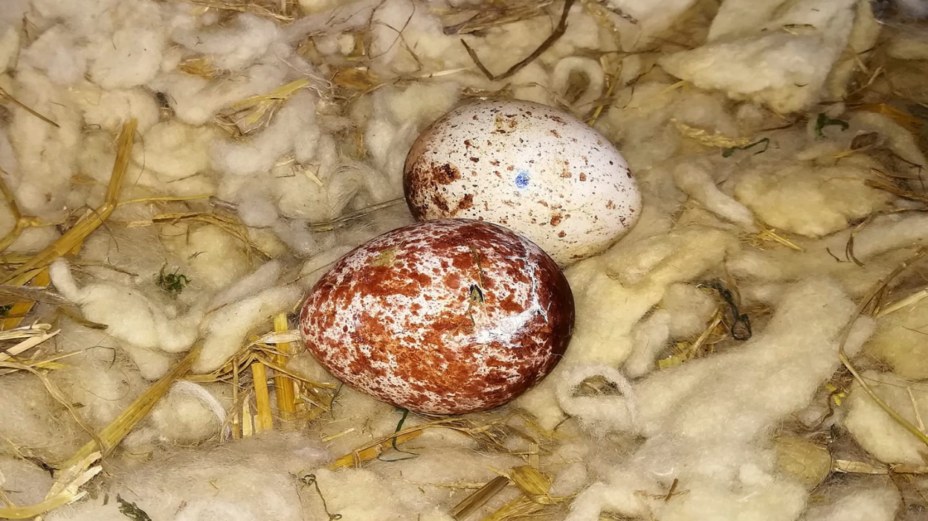
HATCHING
Typically, a few days before the hatching of eggs, human keepers retrieve the eggs from the nests to make sure everything goes smoothly. However, the hatching process is intervened only when necessary, for example, when the chicks take too much time to hatch or are malpositioned in the egg. It usually takes three days from the time the chick breaks the internal membrane until it escapes from the shell. Once it hatches, human keepers clean and feed the chick for the first few days.

ADOPTION AND REARING
Human keepers move the chicks into the nest within 5 days of hatching when an Egyptian Vulture pair or a single male are available to adopt the little one. Egyptian Vultures then feed and look after the chick until the fledglings are ready to be released at the age of about 80 days. If Egyptian Vultures will be released into the wild in the following years with delayed release, it is necessary to move them to aviaries, which are completely closed to avoid human contact and feed them through tubes so that they don’t associate food provision with humans.
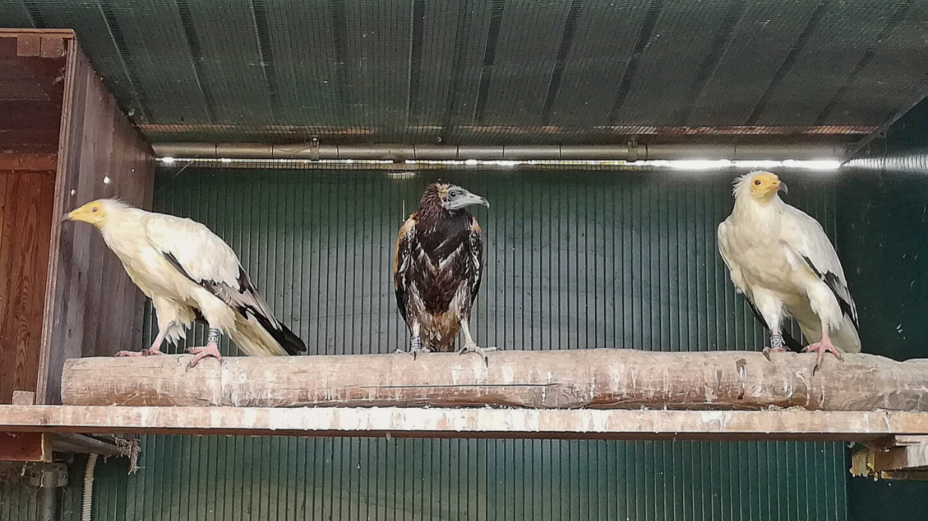
WHY IS CAPTIVE BREEDING OF EGYPTIAN VULTURES IMPORTANT?
The Egyptian Vulture is the most threatened species out of the four vultures found in Europe and is considered endangered at a global level. Many conservation initiatives are fighting to protect the species such as LIFE Rupis in the Douro. Captive breeding often plays an important element in efforts aiming to save the species, including the LIFE Egyptian Vulture Project in Italy and the Egyptian Vulture New LIFE in the Balkans.
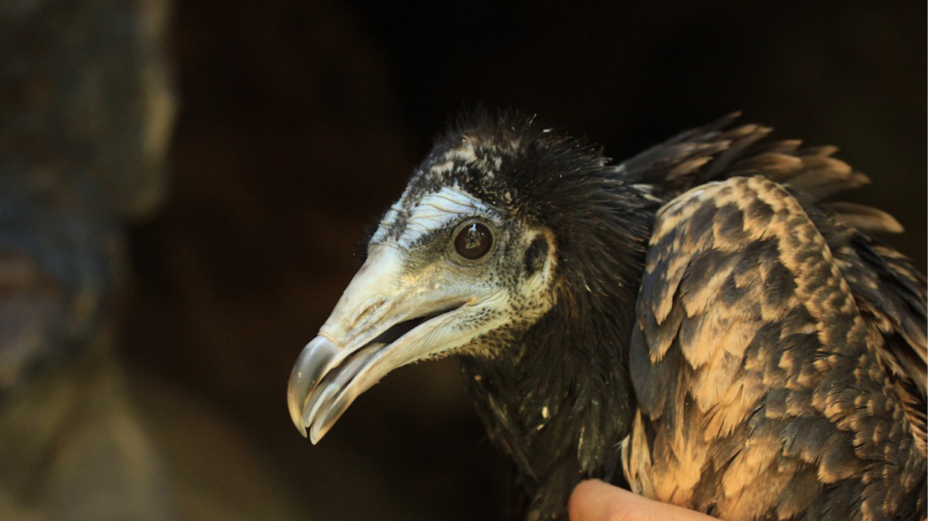
The Balkan population of Egyptian Vultures is critically endangered. The region is also the starting point of one of the two main migration routes of the species from Europe to Africa. The Egyptian Vulture EEP donates chicks to the Egyptian Vulture New LIFE project, led by Bulgarian Society for the Protection of Birds (BSPB), for release into the wild to strengthen the threatened population of the species on the Balkans. To understand the best technique for releasing these migratory vultures, the VCF is supporting the team to carry out a comprehensive experiment to test three different release methods – hacking, fostering in wild nests and delayed-release.

In Italy, the Egyptian Vulture population suffered an 80% decline since the 1970s, and now there are an estimated 10-12 breeding pairs. The species is considered Critically Endangered in the county, and our partners at CERM Association started releasing Egyptian Vultures bred in their centre since 2003 to boost the local population, while testing different release techniques: fostering (2003), which was negatively assessed and thus abandoned, hacking (2004-2020) and delayed-release (2017, 2019-2020). Today more captive-bred Egyptian Vultures are released into the wild by CERM and ISPRA within the LIFE Egyptian Vulture project in an aim to boost the local population of the species. Ahead of the release, the vultures are equipped with GPS tags to monitor their movements, with some of the tags being provided by the VCF.
